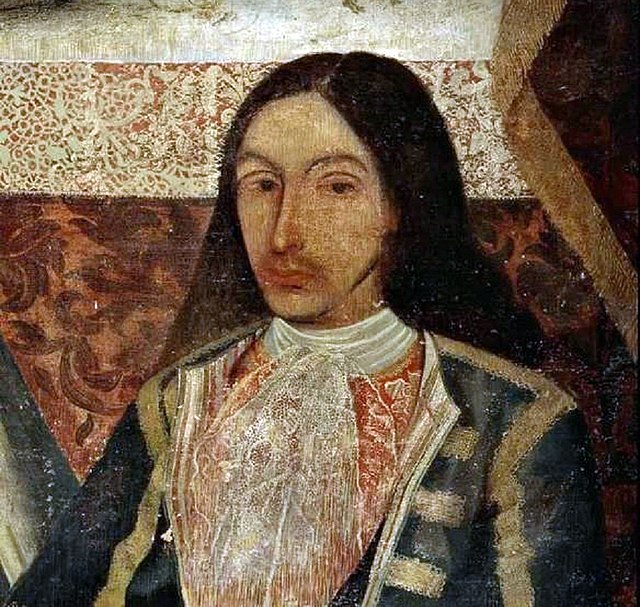The 1715 Treasure Fleet was actually a combination of two Spanish treasure fleets returning from the New World to Spain, the "Nueva España Fleet", under Capt.-General Don Juan Esteban de Ubilla, and the "Tierra Firme Fleet", under Don Antonio de Echeverz y Zubiza. At two in the morning on Wednesday, July 31, 1715, seven days after departing from Havana, Cuba, all eleven ships of the fleet were lost in a hurricane along the east coast of Florida. A 12th ship, the French frigate "Le Grifon", had sailed with the fleet. Its captain was unfamiliar with the Florida coastline and elected to stay further out to sea. The "Grifon" safely returned to Europe.
8 reales Mexican silver cob, full date 1715, recovered from the 1715 fleet
Rare 8 escudos lima dated 1710, recovered from the 1715 Fleet
Historical marker designating the site of the Survivors' and Salvagers' Camp - 1715 Fleet
The Spanish treasure fleet, or West Indies Fleet, was a convoy system of sea routes organized by the Spanish Empire from 1566 to 1790, which linked Spain with its territories in the Americas across the Atlantic. The convoys were general purpose cargo fleets used for transporting a wide variety of items, including agricultural goods, lumber, various metal resources such as silver and gold, gems, pearls, spices, sugar, tobacco, silk, and other exotic goods from the overseas territories of the Spanish Empire to the Spanish mainland. Spanish goods such as oil, wine, textiles, books and tools were transported in the opposite direction.
Pedro Menéndez de Avilés, admiral and designer of the treasure fleet system
The Spaniard Amaro Pargo, a corsair and merchant, participated in the West Indies Fleet.
A silver 8-reales (peso) coin minted in México (1621–65).
A shipyard on the river Guadalquivir in 16th century Seville: detail from a townscape by Alonso Sánchez Coello







